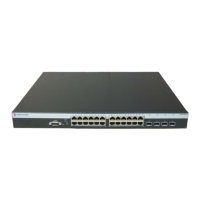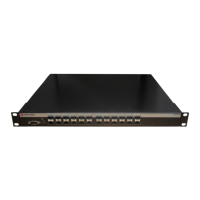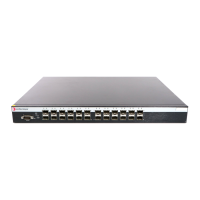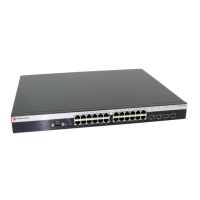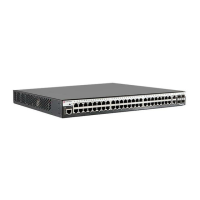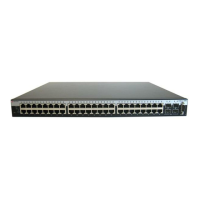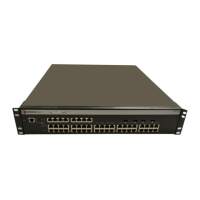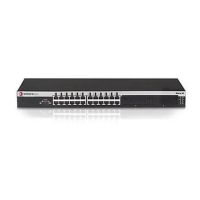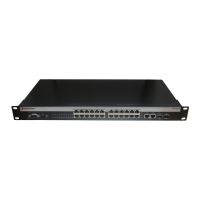Link Aggregation Overview
11-2 Configuring Link Aggregation
problems if they also wanted, or needed, to use a different brand of networking hardware. Link
aggregation is standards based allowing for interoperability between multiple vendors in the
network.
Older implementations required manual configuration. With LACP, if a set of links can aggregate,
they will aggregate. LACP’s ability to automatically aggregate links represents a timesaver for the
network administrator who will not be required to manually configure the aggregates. However,
manual overrides are provided for when the administrator needs to customize. Link aggregation
also provides for rapid configuration and reconfiguration when there are changes in the physical
connections. Link aggregation will automatically and quickly converge the new configuration.
This convergence typically occurs in one second or less.
Link aggregation is a cost effective way to implement increased bandwidth. A major benefit of
link aggregation is the ability to incrementally add bandwidth in a linear fashion. Without link
aggregation, if there is a need to increase the bandwidth for a 100Mbps pipe, the only choice is an
exponential upgrade to a 1000Mbps pipe. If there is a need for a 300Mbps pipe, aggregating three
100Mbps ports is both less expensive, because a forklift hardware upgrade is avoided, and makes
for more efficient use of the system ports that are already available.
The physical links within the aggregate can serve as redundant backups to one another. Since only
a single MAC address representing the entire aggregate is presented to the MAC client, the failure
of any link within the aggregate is transparent. Failover is handled within the link aggregation
sublayer.
Implementing Link Aggregation
To implement link aggregation:
• Enable LACP on the network device
• Optionally set a non-default system priority for the device
• Optionally change the administratively assigned key for each port on the device
• Optionally enable single port LAGs on the device
• Enable LACP port state on B5 and C5 platforms
• Optionally change LAG parameters on each port
• Optionally assign static ports to a LAG when the partner device only supports a non-LACP
method of aggregation
LACP Operation
In order to allow LACP to determine whether a set of links connect to the same device, and to
determine whether those links are compatible from the point of view of aggregation, it is
necessary to be able to establish:
• A globally unique identifier for each device that participates in link aggregation.
• A means of identifying the set of capabilities associated with each port and with each
aggregator, as understood by a given device.
• A means of identifying a LAG and its associated aggregator.
For each aggregatable port in the device, LACP:
• Maintains configuration information (reflecting the inherent properties of the individual links
as well as those established by network administration) to control aggregation.
• Exchanges configuration information with other devices to allocate the link to a LAG.
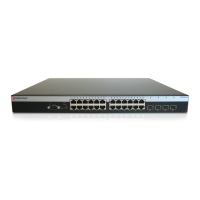
